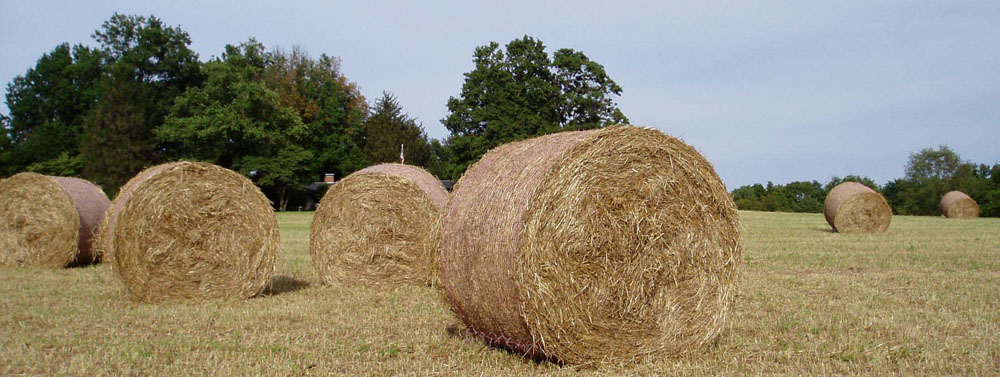MAN–U–RE GOOD (Man, You Are Good)!!
From the archives of fun papers I have written, this one from when I was a manure economist with the American Farm Bureau Federation in 2001. We had been working through the politics of manure production and use with the EPA. After a series of frustrating exchanges, I realized everyone was confused about the basics. We all needed to get on a similar page. I cleared the desk, and Man-U-R Good emerged. It is interesting to look back and see how far we have all come in the last 23 years.
Fritz Michael Roka wrote a very interesting dissertation in 1993 at North Carolina State University, entitled, “An Economic Analysis of Joint Production Relationships Between Pork and Swine Manure: Should Manure be Flushed or Bottled?” His premise was that there should be more value from the joint production of hogs and hog manure than from looking at the value of hog production alone. It is an excellent economic study, but under the conditions of the study, the value of manure as a source of crop nutrients did not offset the cost of handling the anaerobic lagoon effluent. Therefore, the value of the ‘hogs’ as a system, was lower with the manure handling costs included (answer c).
I was involved in research on management alternatives for broiler litter, in the early 1990’s in Missouri. A market for broiler litter, of sorts, existed even at that time. It was all the same price, $65 per load (but truck size, moisture content and nutrient content were irrelevant). As it turned out, the stable price of broiler litter in southwest Missouri at that time reflected the disposal cost of cleaning out the 90 tons of litter from each house and applying it to a permanent pasture in the area. The average price worked out pretty close to $11 per ton, but at least, for these producers, the manure was paying for the handling costs (answer b).
It is more and more common these days to hear reports of livestock and poultry producers that are able to make more money off of their manure processing enterprise than they are from animal production. These folks are looking for kinds of manure products that others are willing to pay for and then developing processing facilities to deliver a quality, high valued product to the buyer. These kinds of valuable manure products include quality composts, collection fees for accepting leaves and other local organic residues, production of heat, methane, electricity, ethanol, building materials from manure, as well as processed forms of nitrogen and phosphorus. Successful manure entrepreneurs accomplish two things: 1) they target markets that are in demand, and 2) they enter into multiple markets with their value-adding processes. The sum of all the manure revenue sources exceeds their costs of handling their manure (answer a).
Policy makers don’t understand that as the value of manure grows, it inspires good management. If you picked (d) above, you must stay after, and clean the erasers (or, in this case, the barn).



Comments
MAN–U–RE GOOD (Man, You Are Good)!! — No Comments
HTML tags allowed in your comment: <a href="" title=""> <abbr title=""> <acronym title=""> <b> <blockquote cite=""> <cite> <code> <del datetime=""> <em> <i> <q cite=""> <s> <strike> <strong>